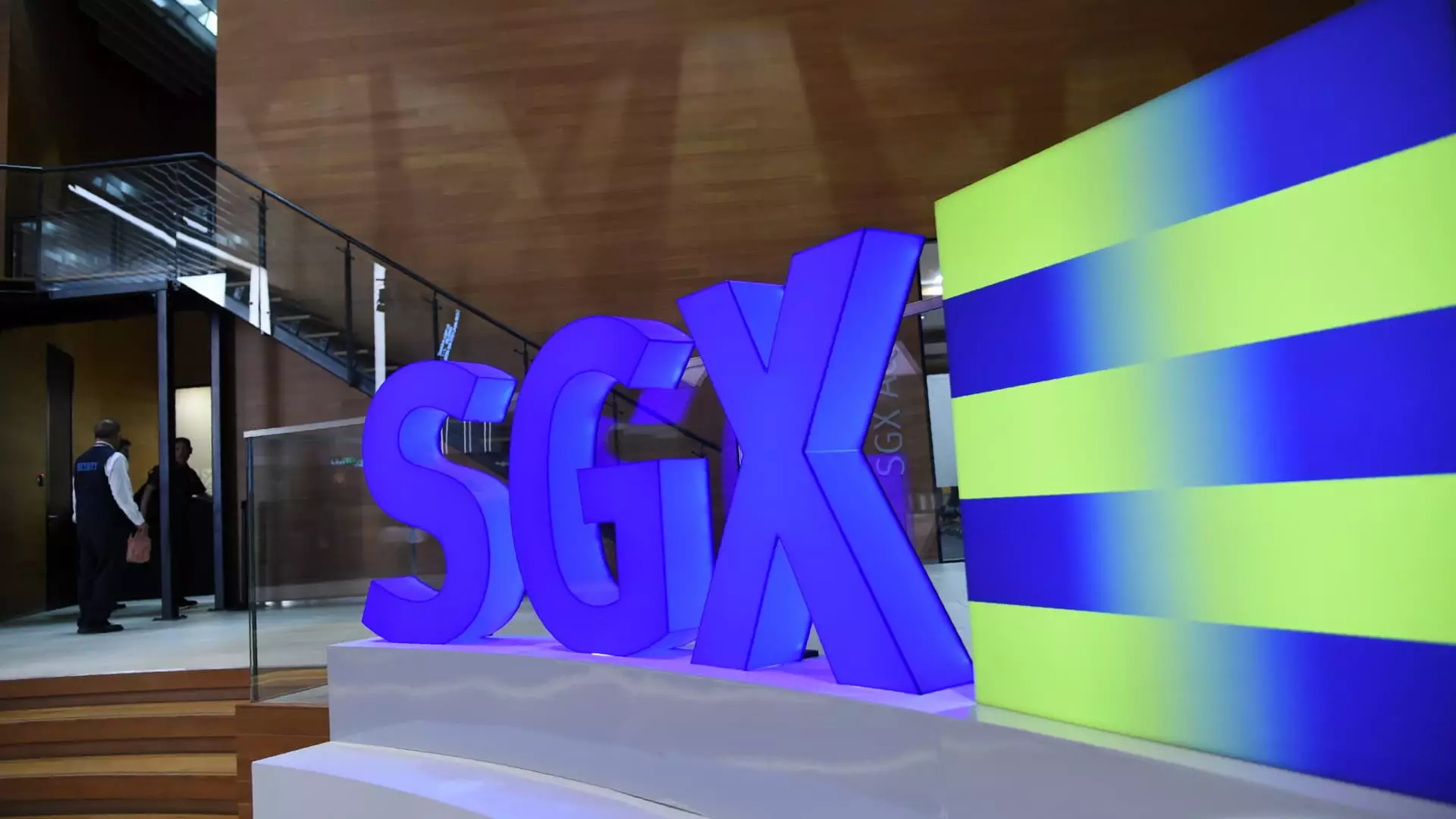The Singapore Exchange (SGX) has recently made history by becoming the first exchange in Asia to offer trading in “structured certificates.” These financial instruments, based on underlying assets, have the potential to broaden investment options and boost market interest. However, analysts are still unsure about the long-term impact on SGX’s trading volumes and overall success.
Over the years, the Singapore Exchange has faced criticism, with some labeling it as “boring” and “unexciting.” Its thin trading volumes and higher number of delistings compared to listings have raised concerns about its performance. Even before the pandemic, SGX struggled to attract new offerings and maintain its market appeal.
However, SGX aims to change this narrative by diversifying its equity-linked product base. The introduction of structured certificates, along with other initiatives like depository receipts, could potentially drive incremental market interest. By expanding the range of investment options available, SGX hopes to attract investors seeking broader exposure to different markets and themes.
Structured certificates offer several advantages that could make them appealing to investors. One key advantage is transparency, as these certificates come with daily pricing and the option to liquidate positions easily. Unlike “over-the-counter” positions, listed certificates provide a more accessible and convenient approach.
Listing structured certificates on the exchange also opens doors to a wider distribution perimeter. They are no longer limited to private bank clients or accredited investors, increasing accessibility to a broader investor base. This shift aligns with Singapore’s reputation as a wealth management center and the growing demand for yield-enhanced products among more sophisticated investors.
While structured certificates show promise, analysts predict that their impact on SGX’s earnings will be minimal in the near term. Nevertheless, these certificates provide an opportunity for investors to gain exposure to underlying securities in other markets through SGX. This added convenience and access could attract investors looking to diversify their portfolios and explore new opportunities.
Growing the market for structured certificates will require significant effort and collaboration from all stakeholders involved. Adam Reynolds, Asia-Pacific CEO from Saxo Markets, highlights the challenge of competing against the over-the-counter (OTC) market, which is primarily distributed through private banks. Listed certificates offer advantages such as no fees paid to distributors, but OTC structures still dominate due to existing relationships and embedded fees.
Another consideration is the difference in market preferences between Europe and Asia. Syn noted that Europe tends to focus on yield, making structured certificates more popular. However, in the Asian market, these certificates were previously only available through private banks and restricted to accredited investors. Listing them on the exchange not only opens doors for a more diverse investor base but also taps into the desire for yield-enhanced products within Singapore.
Some structured certificates, including those offered by SGX, come with an autocall feature. These certificates expire after a predetermined period and offer a fixed coupon rate or return to investors. This feature allows investors to receive a return even if the underlying stock’s value exceeds the coupon rate.
To benefit from structured certificates with an autocall feature, investors must have a range-bound trading view. They should believe that the underlying stock will not surpass the predetermined return. In return, investors receive the assurance of a fixed return, potentially higher than potential capital gains, even if the underlying stock exceeds expectations.
The introduction of structured certificates marks an important milestone for the Singapore Exchange as it seeks to revitalize market interest and broaden investment options. While it may take time to assess the demand for these specific securities, the potential to attract a wider investor base and increase market engagement is promising. SGX’s commitment to expanding its product offerings reflects a strategic move towards improving its performance and ultimately redefining itself in the financial landscape.


Leave a Reply